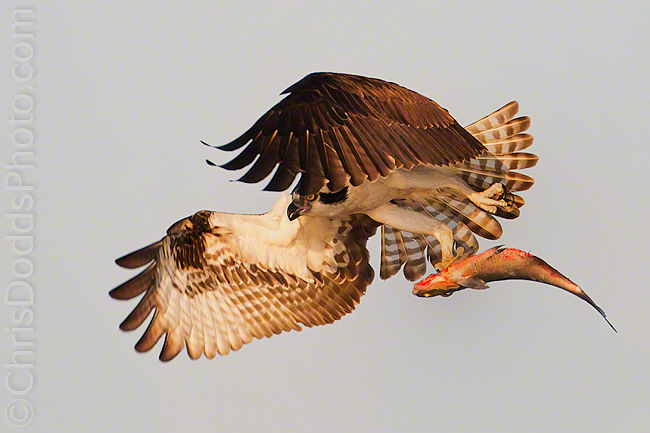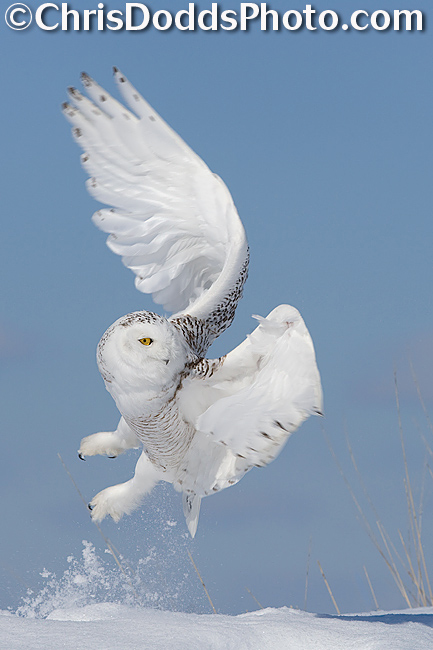 Red Fox Vulpes vulvas (renard roux). Algonquin Provincial Park, Ontario. Image Copyright ©Christopher Dodds www.chrisdoddsphoto.com All Rights Reserved. Canon EOS 1DsMKII, 70-200mm F2.8 IS @ 70mm Hand-held. ISO 500, F3.2 @ 1/125s Manual mode. Ambient exposure using Sekonic L-358 Flash Master Light Meter
Red Fox Vulpes vulvas (renard roux). Algonquin Provincial Park, Ontario. Image Copyright ©Christopher Dodds www.chrisdoddsphoto.com All Rights Reserved. Canon EOS 1DsMKII, 70-200mm F2.8 IS @ 70mm Hand-held. ISO 500, F3.2 @ 1/125s Manual mode. Ambient exposure using Sekonic L-358 Flash Master Light Meter . Full Frame. CLICK HERE TO BUY A PRINT OR LICENSE IMAGE FOR PUBLICATION.
. Full Frame. CLICK HERE TO BUY A PRINT OR LICENSE IMAGE FOR PUBLICATION.
The Business Plan
One of the biggest mistakes many people starting a business make is not having a business plan. A business plan can be as simple as a Mission Statement and as complicated as you feel necessary. Think of a business plan as a roadmap; Where are you going?, How are you getting there? Are you headed in the right direction? and what to do if you make a wrong turn. A well written business plan is also a great tool to measure your successes and failures as a business person if reviewed periodically.
I don’t want to deceive you, so I’ll make it clear to you now that I don’t know any other photographers that actually have a business plan. I am asked, quite often, how to get into Nature or Wildlife Photography as a profession. I also have regular conversations with other successful photographer friends (Jewelry and studio photographers) about how they plan on getting to the next level; both as a photographer and as a business person. A well written business plan will help you see where you want to go, and how to get there.
I’m sure you all have a plan and have though about where you want to be in five or ten years. All I’m suggesting is putting it in writing and making it an annual event to review and modify things. How often have you had a great plan or idea, only to forget it within a short period of time?
Here’s some simple steps to a successful Business Plan:
Define who you are as a photographer and identify key strengths and weaknesses. Review your photography and identify a specialty and or passion. What makes your clients choose you and why are you different than a stock agency or other photographer? Create an executive summary, or mission statement, that will become the first part of your business plan. This need only be a few sentences long and it is essentially a summary of your findings.
Define your market as a photographer. In what area of photography do you see yourself fitting best? Who are your potential clients? Do you want to sell image rights for publication? or sell fine art prints to collectors? or both? What age group and gender are those clients. If you want to sell images to magazines for publication, who works for the magazines, and who buys those magazines? This section is a summary of your product, your service and your target clients.
Define your Competition. Now you know who you are, what product, or service you offer and who is your likely client. It’s time to think about who else is out there doing the same thing as you, and why you are a better, more logical choice for your client. What do you offer that your competitors don’t?
The last section deals with finances. Identify how much money you need to make to keep your head above water without falling into debt. Essentially a spreadsheet with a list of your expenses that should include: Living expenses like food, clothing, housing (mortgage, insurance, taxes and repairs), Utilities (heat, air conditioning, electricity, gas, water, etc) Transportation (Car payment, Insurance, fuel and repair) and health / disability insurance. Don't forget contributions to an emergency fund; you never know when you have to replace a roof or have a sudden financial crisis. Make a list of the monthly costs and multiply by 12 to figure out just how much money you need (after taxes) to survive a year without falling into debt.
Once you establish how much you need, it’s time to figure out how, or if, you can get there. How much do you sell your product, or service for?, and how much does it cost to produce? If you are a wildlife photographer, then you should make a list of your overhead expenses like photography equipment (cameras, lens, etc.), Office, or production, equipment (computers, printers, etc.), travel (transportation, lodging and food) expenses, professional services (like accounting), business liability & equipment insurance, equipment repair and rental, advertising and promotion costs, office supplies and communications (telephone, internet and mobile phone). You get the picture.
Now add your annual personal expenses (plus income tax) to your annual professional expenses. Do you think it is feasible to sell enough product or service to cover these expenses? Let’s say you sell fine art prints for $100.00 each. You determine your material cost to be $32.00 (ink and paper). You have a gross profit of $68.00. How many prints (think $68.00) do you need to keep yourself afloat? how many do you need to sell to put some savings aside for a bad year (or two) or a catastrophic medical or mental event? (laugh, but most business people suffer one, or the other, at some point in their career) oh, did you think about retirement savings? ... Perhaps a few more than you initially thought - but you knew that, right? (smile).
Now that you have a plan in writing, it's much easier to stay on track. If you make the small effort to review and ammend your plan from time to time, you have a much better understanding of where you have come from, where you are and where you are going.


